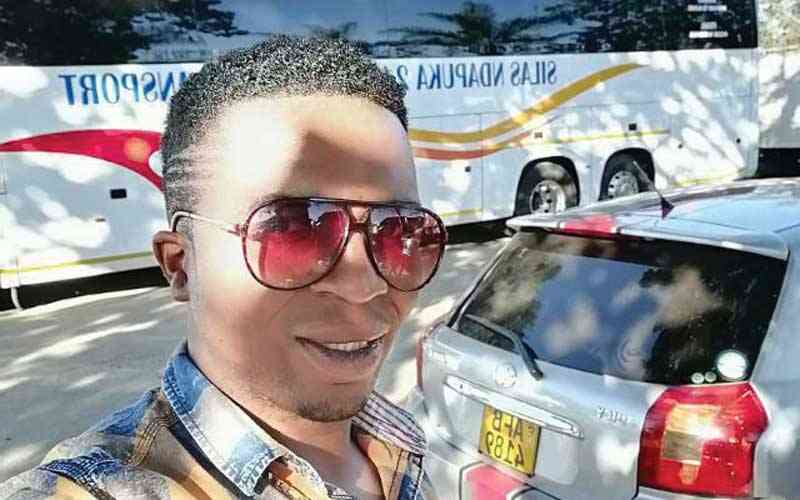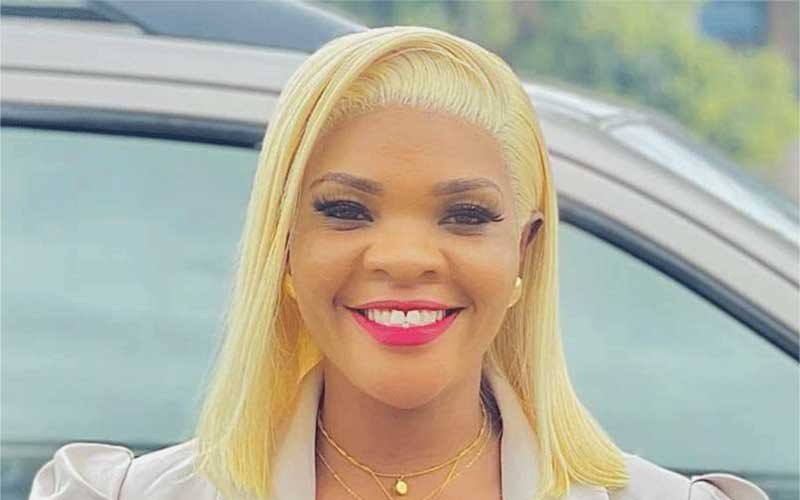
For years, we have seen the rise of womenswear, with a lot of fashion platforms being biased towards feminine clothing. As a continent, I guess this goes back to Stone Age where our great grand-mothers used to go out of their way to look good, by even making sure they used mud to protect their skin. The same attention that they paid to looking good and making sure they were noticed, was carried through to this contemporary world, hence we have been seeing a lot of outlets having women’s clothes; actually, it is also more affordable to purchase womenswear than menswear.
BY Gilmore Tee
I had the privilege of attending South African Menswear Week, where over 40 African designers displayed their Spring Summer 2016/2017 collections. One might wonder why they would be showcasing Spring Summer for this year into 2017 while we are still in winter. The response is, it is a norm in the business of fashion to showcase future collections so as to set trends and possibly detect to the general public on what should be worn. Showcasing future collections in the present, allows you as a client to properly plan your wardrobe and also purchase clothing that you would have taken time to analyse and understand.
Surely, African menswear is on the rise and as men, we are beginning to take note on the way we dress as we now appreciate fashion. I would not say we are fully there, but eventually we will get there with platforms such as South African Menswear Week, which is the only standing event catering for African menswear. This is a great opportunity for African designers to set trends, not only within the continent, but for the rest of the world. I feel it is high time we tell our stories through our clothes and art, to the rest of the world and allow other regions to consume what we have to offer.
Durban-based Terrence Bray showcased a very intriguing collection that incorporated a lot of fascinators and soft fabrics on the first day. My interpretation of the entire collection was the highlight of the soft side that many African men do not review often, but find ways of putting it across. It reminded me of a tough father who is strict to his children, but when it comes to that one daughter, he lightens up and gives in when she requests for an ice cream or doll.
My all-time favourite collection from the Spring Summer 2016/2017 collections is from Jenevieve Lyons, who used a lot of denim, ropes, belts, green and checked material. She transformed the run way into a lawn walk path, with models walking bare feet during her single slotted show. I admired the mixture of fabrics with special attention paid on the hard material transcending to green material which represented the future. I can definitely see myself in one of her garments, her collection was outstanding.
The second day started off a bit lighter, with the Imprint collection which used appropriate materials for our continent’s spring summer climate. I loved the fact that the outfits were a bit loose on the body, contemporary and also had a lot of sky blue and yellow colour pallets used in it. The designer created this collection with full knowledge of our geographic location and also colours for the season. Conversely, Zimbabwean designer Kidd Hunta presented a collection with the highlights of denim and print material. His warrior collection brought back the basics, with a lot of ready-to-wear pieces. I loved the Ruald Rheeder slim fitting suit collection, although I had a lot of questions on whether the materials are suited for our African summer. Nonetheless, I see myself in those suits whether the weather is hot or cold, the collection was one of my favourites.
- Chamisa under fire over US$120K donation
- Mavhunga puts DeMbare into Chibuku quarterfinals
- Pension funds bet on Cabora Bassa oilfields
- Councils defy govt fire tender directive
Keep Reading
The black rebels collection by Ara Kani which was showcased on the third day, still paints an indistinct picture in my head. I am a strong believer of creativity and making use of one’s skills to address social issues and also to create some propaganda, just like in any other sector. Ara Kani’s collection which had webbed and netted all black garments represented a strong young African with a voice that needs to be heard. The rebellious collection was well-presented with appropriate make-up, styling, music, model selection and production. Most of the garments reminded me of the women who do basketry and crotchet here in Zimbabwe.
Other designers such as Nigeria’s Tokyo James, Orange Culture and Mai Atafo, strongly presented collections that our modern men should be running for. What I always like about the Nigerian designers is how they always work at stealing the show. With the same energy put towards their works, shows and production, African menswear designers are surely setting high levels for the continent. It is high time our African menswear rises to the top and be leaders in trend setting across the globe.
lGilmore Tee is a social entrepreneur, global citizen, curator, publicist and host, who works within the Zimbabwean creative industry, with a strong bias towards fashion. He is the founder of Hunnar Management Agency. Website: www.gilmoretee.com. Facebook/Instagram/Twitter: Gilmore Tee












